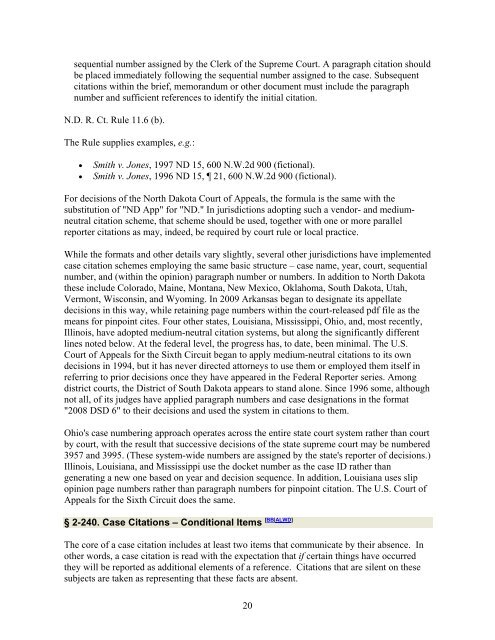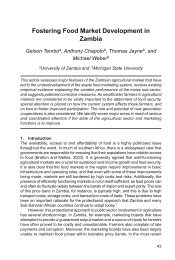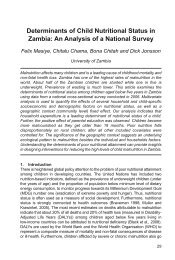Introduction to Basic Legal Citation - access-to-law home
Introduction to Basic Legal Citation - access-to-law home
Introduction to Basic Legal Citation - access-to-law home
Create successful ePaper yourself
Turn your PDF publications into a flip-book with our unique Google optimized e-Paper software.
sequential number assigned by the Clerk of the Supreme Court. A paragraph citation should<br />
be placed immediately following the sequential number assigned <strong>to</strong> the case. Subsequent<br />
citations within the brief, memorandum or other document must include the paragraph<br />
number and sufficient references <strong>to</strong> identify the initial citation.<br />
N.D. R. Ct. Rule 11.6 (b).<br />
The Rule supplies examples, e.g.:<br />
• Smith v. Jones, 1997 ND 15, 600 N.W.2d 900 (fictional).<br />
• Smith v. Jones, 1996 ND 15, 21, 600 N.W.2d 900 (fictional).<br />
For decisions of the North Dakota Court of Appeals, the formula is the same with the<br />
substitution of "ND App" for "ND." In jurisdictions adopting such a vendor- and mediumneutral<br />
citation scheme, that scheme should be used, <strong>to</strong>gether with one or more parallel<br />
reporter citations as may, indeed, be required by court rule or local practice.<br />
While the formats and other details vary slightly, several other jurisdictions have implemented<br />
case citation schemes employing the same basic structure – case name, year, court, sequential<br />
number, and (within the opinion) paragraph number or numbers. In addition <strong>to</strong> North Dakota<br />
these include Colorado, Maine, Montana, New Mexico, Oklahoma, South Dakota, Utah,<br />
Vermont, Wisconsin, and Wyoming. In 2009 Arkansas began <strong>to</strong> designate its appellate<br />
decisions in this way, while retaining page numbers within the court-released pdf file as the<br />
means for pinpoint cites. Four other states, Louisiana, Mississippi, Ohio, and, most recently,<br />
Illinois, have adopted medium-neutral citation systems, but along the significantly different<br />
lines noted below. At the federal level, the progress has, <strong>to</strong> date, been minimal. The U.S.<br />
Court of Appeals for the Sixth Circuit began <strong>to</strong> apply medium-neutral citations <strong>to</strong> its own<br />
decisions in 1994, but it has never directed at<strong>to</strong>rneys <strong>to</strong> use them or employed them itself in<br />
referring <strong>to</strong> prior decisions once they have appeared in the Federal Reporter series. Among<br />
district courts, the District of South Dakota appears <strong>to</strong> stand alone. Since 1996 some, although<br />
not all, of its judges have applied paragraph numbers and case designations in the format<br />
"2008 DSD 6" <strong>to</strong> their decisions and used the system in citations <strong>to</strong> them.<br />
Ohio's case numbering approach operates across the entire state court system rather than court<br />
by court, with the result that successive decisions of the state supreme court may be numbered<br />
3957 and 3995. (These system-wide numbers are assigned by the state's reporter of decisions.)<br />
Illinois, Louisiana, and Mississippi use the docket number as the case ID rather than<br />
generating a new one based on year and decision sequence. In addition, Louisiana uses slip<br />
opinion page numbers rather than paragraph numbers for pinpoint citation. The U.S. Court of<br />
Appeals for the Sixth Circuit does the same.<br />
§ 2-240. Case <strong>Citation</strong>s – Conditional Items [BB|ALWD]<br />
The core of a case citation includes at least two items that communicate by their absence. In<br />
other words, a case citation is read with the expectation that if certain things have occurred<br />
they will be reported as additional elements of a reference. <strong>Citation</strong>s that are silent on these<br />
subjects are taken as representing that these facts are absent.<br />
20




